Multiplication using Number Lines
The number line can be used for multiplication.
Let us multiply 1-digit number using a number line.
For multiplying on the number line, we do skip counting.
For example, if we start from 0 and skip count in 2s, we will get 2, 4, 6, 8, 10 and so on, as shown on the number line below.
Now, let us multiply 6 by 3 on the number line.
Multiplying 6 by 3 means '6 times 3'. So we need to skip count six times in 3s.
So, we see that 6 x 3 = 18.
1. (a) Let us multiply 2 by 5 using a number line.
Take 5 jumps of 2 steps each. Where do we reach?
Start from 0. Take 5 jumps of 2 steps each. We reach 10.
2 + 2 + 2 + 2 + 2 = 10
or, 5 × 2 = 10
Now, take 2 jumps of 5 steps each. Where do we reach?
Start from 0. Take 2 jumps of 5 steps each. We again reach 10.
5 + 5 = 10
or, 2 × 5 = 10
The answer in multiplication is called the product.
So, 10 is the product of 2 and 5.
(b) Let us now multiply 2 and 10 on a number line.
Start from 0. Take 10 jumps of 2 steps each. You reach 20.
2 + 2 + 2 + 2 + 2 + 2 + 2 + 2 + 2 + 2 = 20
or, 10 × 2 = 20
Start from 0. Take 2 jumps of 10 steps each. You again reach 20.
10 + 10 = 20
or, 2 × 10 = 20
10 × 2 = 20 and 2 × 10 = 20
or, 10 × 2 = 2 × 10 = 20
So, 20 is the product of 2 and 10.
2. Flippy wants to reach the pond. He jumps 3 steps each time.
4 jumps of 3 equal to 12
So, 4 × 3 = 12
3. Let us multiply 2 by 6.
Start from 0 and mark 6 groups of 2's to the right of 0. Then make 6 moves of 2 each as shown above. We reach at 12.
So, 2 × 6 = 2 + 2 + 2 + 2 + 2 + 2 = 12
Note: Changing the order of numbers being multiplied does not change the product. This means that the product remains the same even if the order of the numbers is changed.
More Example:
(i) If 2 × 10 = 20, then 10 × 2 = 20
(ii) If 5 × 2 = 10, then 2 × 5 = 10
(iii) If 2 × 4 = 8, then 4 × 2 = 8
(iv) If 3 × 10 = 30, then 10 × 3 = 30
(v) If 5 × 3 = 15, then 3 × 5 = 15
(vi) If 3 × 4 = 12, then 4 × 3 = 12
Multiplication of Whole Numbers on Number Line
4. Using the number line, write the whole number which is a product of 2 and 3. Since multiplication is repeated addition, therefore, to evaluate 2 × 3, first start from 0, move 2 units at a time to the right making 3 such moves to obtain 6, as shown in the following figure.
Hence, 2 × 3 = 6.
1. Multiplication using Number Lines.
(i)
2 × 4 = __________
(ii)
4 × 2 = __________
2. Multiply on the number line. One has been done for you.
(i)
4 × 5 = 20
(ii)
3 × 2 = _____
(iii)
7 × 1 = _____
(iv)
5 × 3 = _____
From Multiplication using Number Lines to HOME PAGE
Didn't find what you were looking for? Or want to know more information about Math Only Math. Use this Google Search to find what you need.
Recent Articles
-
5th Grade Factors and Multiples | Definitions | Solved Examples | Math
Mar 23, 25 02:39 PM
Here we will discuss how factors and multiples are related to each other in math. A factor of a number is a divisor which divides the dividend exactly. A factor of a number which is a prime number is… -
Adding 2-Digit Numbers | Add Two Two-Digit Numbers without Carrying
Mar 23, 25 12:43 PM
Here we will learn adding 2-digit numbers without regrouping and start working with easy numbers to get acquainted with the addition of two numbers. -
Worksheet on 12 Times Table | Printable Multiplication Table | Video
Mar 23, 25 10:28 AM
Worksheet on 12 times table can be printed out. Homeschoolers can also use these multiplication table sheets to practice at home. -
Vertical Subtraction | Examples | Word Problems| Video |Column Method
Mar 22, 25 05:20 PM
Vertical subtraction of 1-digit number are done by arranging the numbers column wise i.e., one number under the other number. How to subtract 1-digit number vertically? -
Worksheet on 11 Times Table | Printable Multiplication Table | Video
Mar 22, 25 05:08 PM
Worksheet on 11 times table can be printed out. Homeschoolers can also use these multiplication table sheets to practice at home.



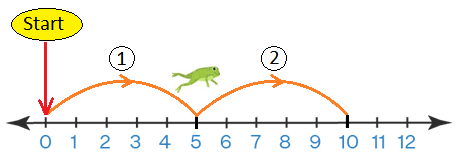








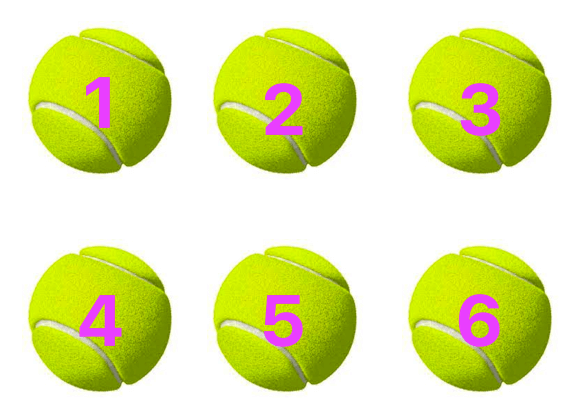
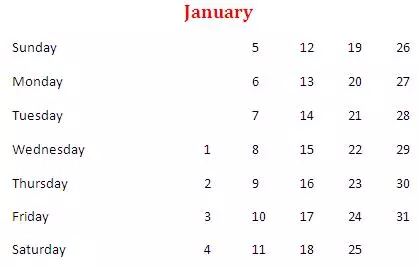
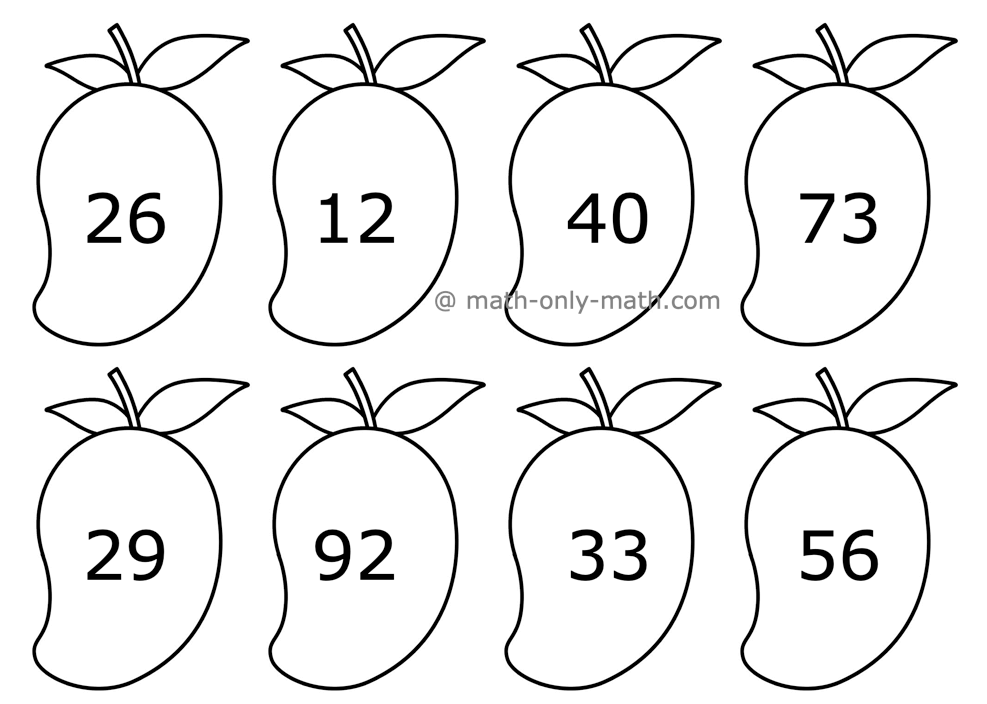
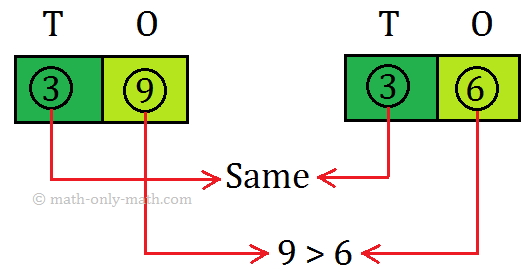




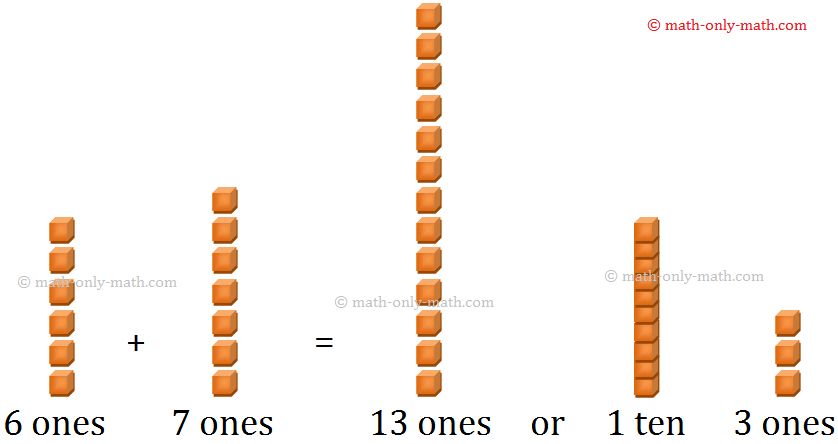


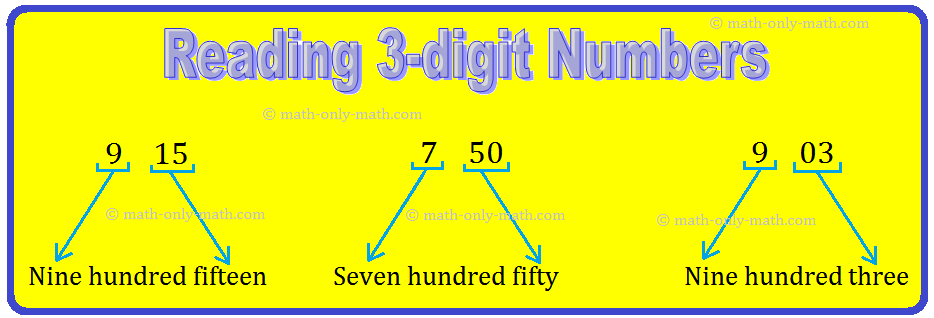

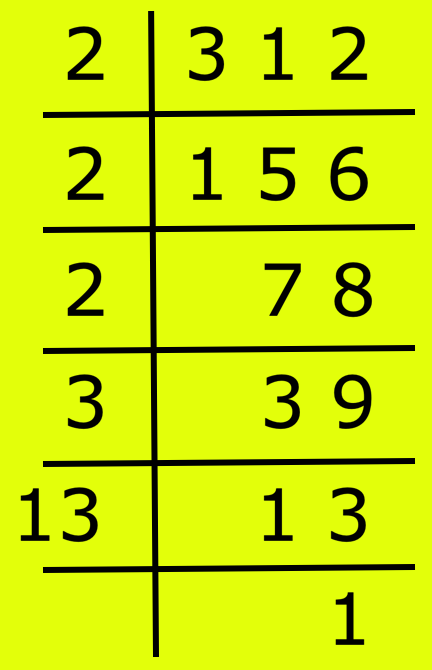
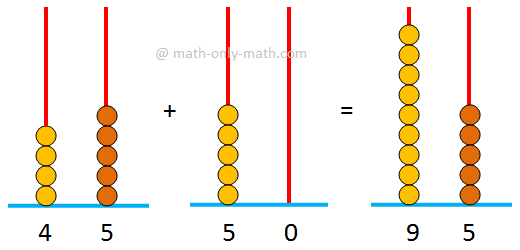



New! Comments
Have your say about what you just read! Leave me a comment in the box below. Ask a Question or Answer a Question.